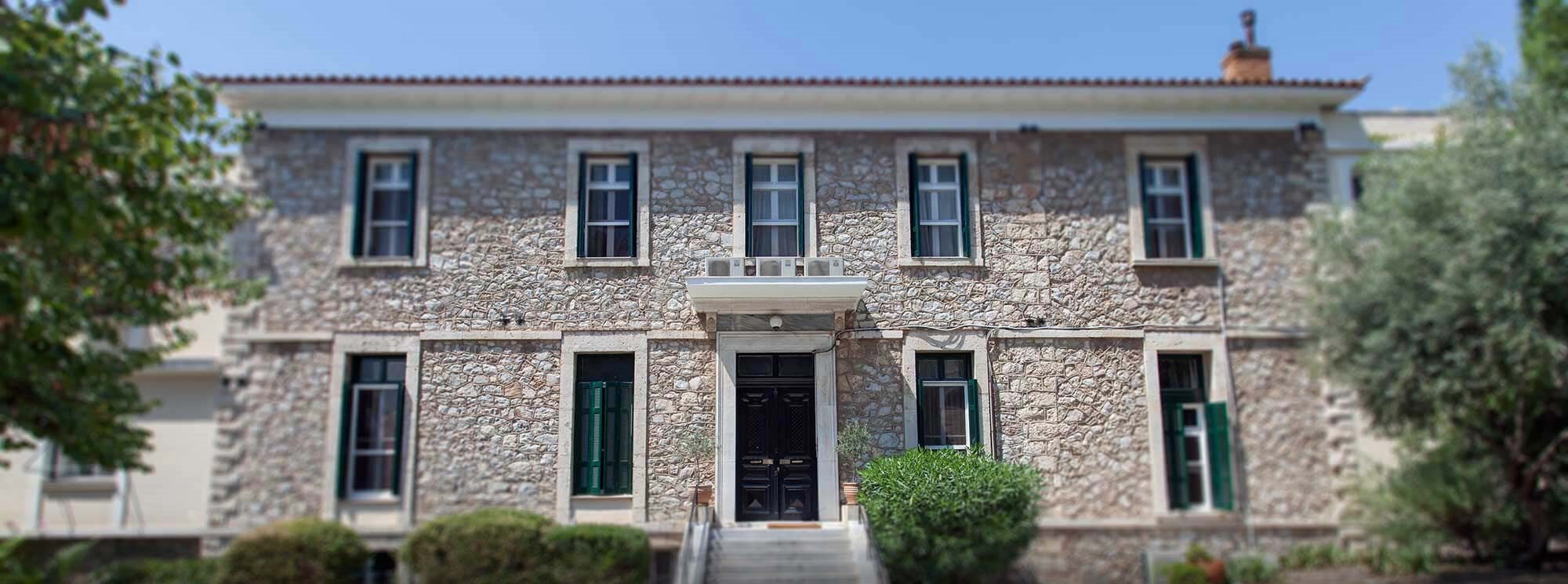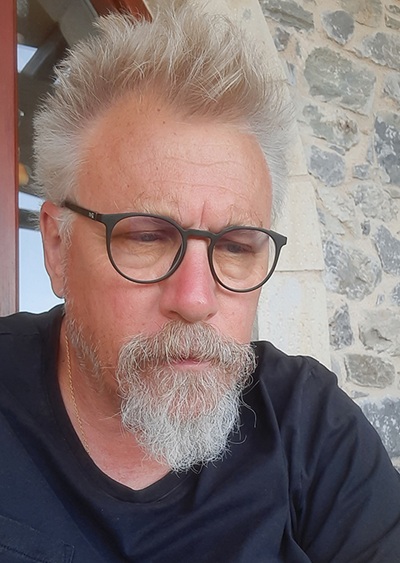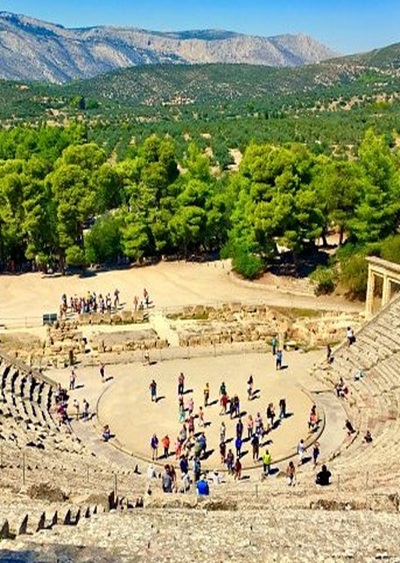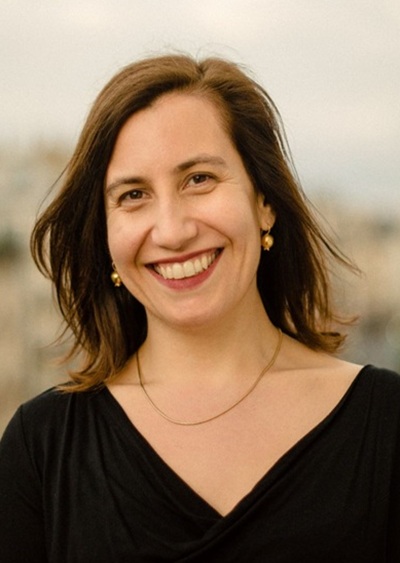
A virtual lecture by Juan de Lara (UCL, Institute of Archaeology) on Monday 8 November at 5pm (UK) / 7pm (Greece).
Sacred architecture is one of the most intriguing forms of art because of its emotional and experiential implications. World architecture has shown that designers of religious and ritual spaces were conscious of the need to ‘materialise’ the sacred, and very often this was achieved via light. Despite this general character, there has been little discussion about whether the interior of Greek temples in the Classical period of the fifth century BC made use of prominent strategies to manipulate human sensorial experience to religious ends. Some studies of buildings like the Parthenon, however, suggest a very thought-out design particularly attentive of light: the orientation of the building towards the rising sun, the placement of windows, barriers and grills, translucent ceilings of marble, skylights, or even ‘reflective’ pools of liquid. Were temples gigantic dark shelters where the eyes had to grow accustomed to reveal a jewel hidden inside—divine figures whose flesh was of ivory and whose robes were of gold? How did architects translate the sense of liminality through the transition from the vast openness of the sky to the interior of the temple?
In this talk, Juan de Lara will present part of his Ph.D. research and will analyse and compare spatial and phenomenological interpretations related to the dramatisation of the sacred by means of light and architecture in the Parthenon, along two other major Classical temples, well-known for the deliberate uses of these visual strategies in their designs: the temple of Zeus in Olympia and the temple of Apollo Epikurios in Bassae. This objective will be achieved with the aid of a suite of digital technologies to ‘revive’ and recreate the ambient and architectural conditions present in these temples’ original designs.
Please register here to participate: https://us06web.zoom.us/webinar/register/6716358518125/WN_PC9fU4GbR7KOddNx2vmKMA








Leave A Comment